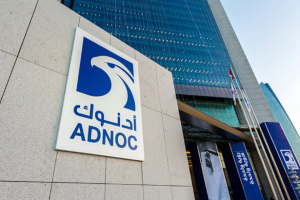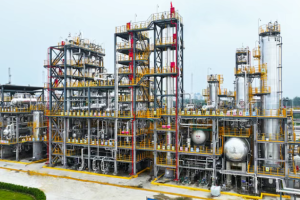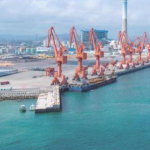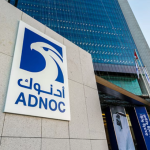May 23, 2025 – Polyimide (PI) film, recognized as the world’s most superior film-type insulating material, stands alongside carbon fiber and aramid fiber as three critical polymer material bottlenecks restricting the development of high-tech industries in China. This advanced material has secured a pivotal role across numerous cutting-edge sectors, including flexible circuit boards, consumer electronics, high-speed rail transportation, wind power generation, 5G communications, flexible displays, and aerospace, owing to its exceptional physical and chemical properties. The imide groups in its molecular structure endow it with outstanding electrical insulation, mechanical strength, chemical stability, and resistance to aging and radiation, enabling it to maintain stable performance across extreme temperatures ranging from -269°C to 400°C. Often hailed as “one of the most promising engineering plastics of the 21st century,” its versatility continues to drive innovation in high-tech applications.

The manufacturing of PI film revolves around two core processes: forming and imidization. Diverse forming techniques, such as casting and casting-stretching, are employed, with the latter gaining prominence for its ability to produce high-performance films. For imidization, thermal and chemical methods are the primary approaches, with the chemical route emerging as the preferred choice for manufacturing electronic-grade and higher-specification PI films due to its precision and quality consistency.
Tracing back to its origins, PI film was first reported in the early 20th century but remained undervalued until technological advancements and the rising demand for high-performance materials spurred its commercialization in the 1960s. Initially used for electrical insulation, its applications gradually expanded to high-end fields like electronics and aerospace, reflecting its evolving significance in modern industry.
Today, the application landscape of PI film is undergoing rapid expansion. In the flexible circuit board (FPC) sector, the sustained growth in FPC output has fueled strong demand for electronic-grade PI film. In commercial aerospace and flexible display markets, special-grade PI film is highly sought after for its superior performance. The proliferation of 5G technology has also boosted demand for thermal-conductive PI film in consumer electronics, while the wind power and high-speed rail industries have driven continuous growth in the industrial scale of electrical-grade PI film, supported by the development of new energy and rail transport sectors.
Looking ahead, the target market for PI film is expected to further diversify into four specialized categories—electronic-grade, special-grade, thermal-conductive, and electrical-grade—each tailored to distinct application domains and performance requirements. With the ongoing development of China’s domestic PI film industry and technological advancements, the country is poised to achieve significant breakthroughs and accelerate import substitution in this strategically critical material sector.














